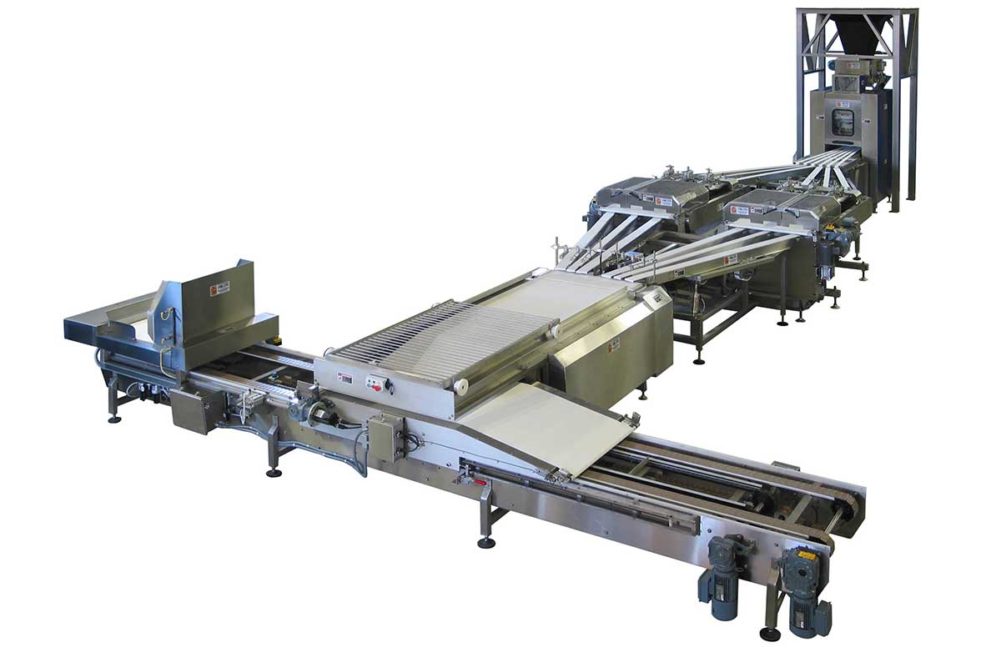Bagel processing is as complex as the product itself. The dough is stiff with a tight crumb and formed into a tight ring. Achieving that perfect bagel texture and crust requires proper proofing and two thermal cooking methods: boiling/steaming and baking. Only then will bakers achieve the chewy texture with the shiny crust consumers expect from bagels. All of this requires a well-controlled process from start to finish.
“Bagels are by no means a simple product to bake,” said Alex Kuperman, chief executive officer, ABI Ltd. “To produce a good quality product, a rigorous multi-step process and precise recipes need to be followed.”
Time and temperature — whether in the mixing bowl, proofer, retarder, boiler or oven — must be properly maintained to produce good quality finished bagels. The dough is low hydration, which makes it very stiff. It can be testy to work with and does not age well, so timings must be followed closely.
“Bagel dough must be maintained in the right condition through consistent flow and timing,” said Jerry Barnes, vice president, Babbco. “Batch sizes and floor time must all be optimized for the production rate and kept consistent.”
A well-planned and well-timed production line is key for bakers seeking to optimize production and turn out consistently good bagels.
This article is an excerpt from the February 2021 issue of Baking & Snack. To read the entire feature on bagel processing, click here.






